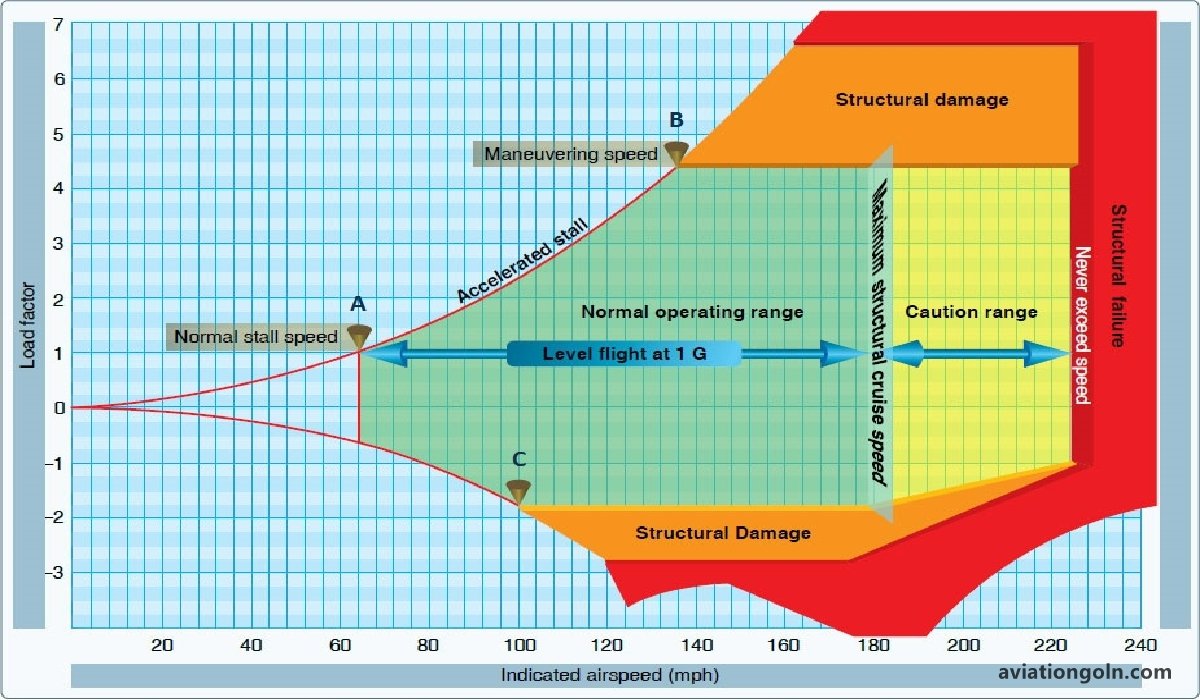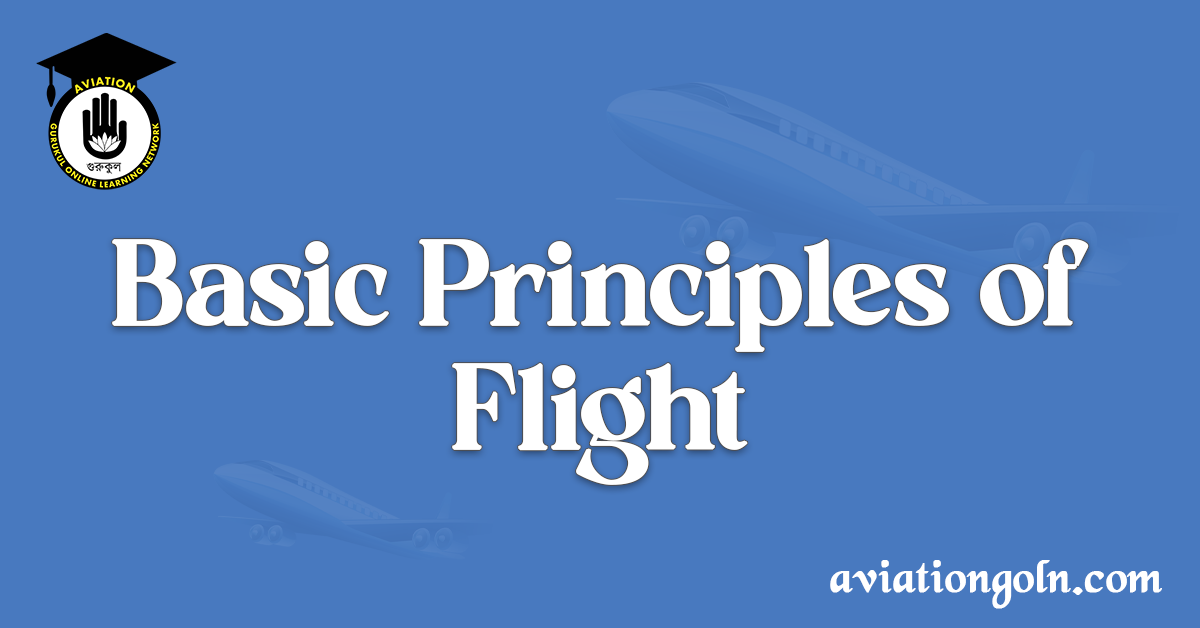Flight, in its most elemental sense, is the ability of an object to move through the air without direct contact with the ground. From the first recorded dreams of flight to the sophisticated aircraft of today, human beings have been intrigued by the challenge and promise of flying. But how do things fly? This comprehensive overview will dive into the basic principles that govern the flight of aircraft, encompassing the four fundamental aerodynamic forces: lift, weight (or gravity), thrust, and drag.

Basic Principles of Flight
1. Fundamentals of Aerodynamics
Aerodynamics is the study of the behavior of air as it interacts with solid objects, like an aircraft. An understanding of aerodynamics is crucial for understanding the basic principles of flight.
1.1 Fluid Dynamics
Air, although invisible to the naked eye, acts as a fluid. Like all fluids, air has properties such as density, viscosity, and temperature. These properties play critical roles in the dynamics of flight.
1.2 Airfoil
The shape of a wing, when viewed in cross-section, is called an airfoil. It’s specifically designed to produce a lift when air flows over it. The curved upper surface and flatter lower surface of an airfoil generate a pressure difference that leads to lift, which is essential for flight.

2. The Four Forces of Flight
For an aircraft to fly, it must contend with four primary aerodynamic forces: lift, weight, thrust, and drag. Balancing these forces is essential for controlled flight.
2.1 Lift
Lift is the force that opposes weight and allows an aircraft to rise off the ground. It is generated primarily by the wings of an aircraft.
How Lift is Generated:
The most commonly accepted theory explaining lift is based on Bernoulli’s Principle, combined with Newton’s Third Law. As air flows over the curved top of the wing (or airfoil), it moves faster than the air moving underneath the wing. Faster-moving air has lower pressure, according to Bernoulli’s principle. The result is higher pressure below the wing and lower pressure above, producing an upward force called lift.
2.2 Weight (or Gravity)
Weight is the force exerted by the gravitational attraction of the Earth on the aircraft. It acts downwards, towards the center of the Earth. For an aircraft to rise, the lift produced must exceed the weight.
2.3 Thrust
Thrust is the forward force provided by the aircraft’s engines. It opposes and overcomes drag. In propeller-driven aircraft, thrust is generated by the propeller. In jet aircraft, it’s produced by jet engines expelling air at high velocity.
2.4 Drag
Drag is the resistance the aircraft faces as it moves through the air. It opposes thrust and is a sum of multiple forces, the two most significant being parasite drag (form drag and skin friction) and induced drag (related to the generation of lift).
Parasite Drag:
- Form Drag: Caused by the aircraft’s shape. An aerodynamically sleek design will have less form drag.
- Skin Friction: Caused by air molecules “sticking” to the surface of the aircraft.
Induced Drag:
Arises because of the air vortices formed at the wingtips as a byproduct of lift. The stronger the vortices, the greater the induced drag.

3. Stability and Control
For safe flight, an aircraft must not only generate lift, overcome drag, and produce thrust, but it must also be stable and controllable. The aircraft’s tail section, including the horizontal and vertical stabilizers, plays a crucial role in this.
3.1 Axes of Rotation
An aircraft has three axes of rotation:
- Longitudinal Axis: Runs from the aircraft’s nose to its tail. Rotation about this axis is called roll.
- Lateral Axis: Runs wingtip to wingtip. Rotation about this axis is called pitch.
- Vertical Axis: Runs top to bottom. Rotation about this axis is called yaw.
3.2 Control Surfaces
Aircraft are equipped with control surfaces that allow pilots to manipulate its position and attitude:
- Ailerons: Located on the wings, they control roll.
- Elevators: Located on the horizontal stabilizer, they control pitch.
- Rudder: Located on the vertical stabilizer, it controls yaw.

4. Flight Dynamics
4.1 Straight and Level Flight
In straight and level flight, the following conditions are met:
- Lift = Weight
- Thrust = Drag
4.2 Climb and Descent
For an aircraft to climb:
- Lift > Weight
For an aircraft to descend:
- Lift < Weight
In both cases, the angle of attack (the angle between the wing’s chord line and the oncoming air) and thrust play crucial roles in controlling the rate of climb or descent.
4.3 Turns
In a turn, the aircraft rolls about its longitudinal axis. The lift is now tilted and has a horizontal component, which causes the turn. The rudder is used to coordinate the turn, ensuring smooth, balanced motion.

5. Flight Envelope and Limitations
Every aircraft has a set of operational limits known as its flight envelope. These include maximum and minimum airspeeds, maximum altitude, maximum turn rate, and more. Exceeding these limits can be dangerous, leading to loss of control or structural damage.

The magic of flight is a culmination of fundamental principles of physics and aerodynamics. By understanding these principles, we gain not just an appreciation for the marvel of aviation but also insights into the meticulous design and operation of aircraft. Whether you’re gazing up at a soaring bird or the roar of a jet overhead, the principles remain the same, and the dream of flight continues to inspire.
